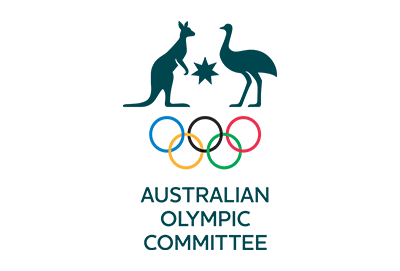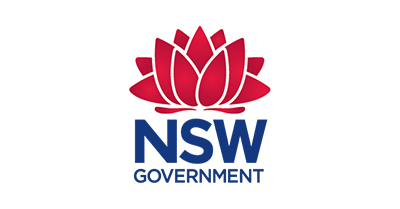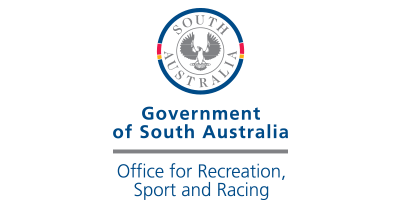Factors influencing sport participation
What are some of the most important things that help or prevent people from participating in sport?
There are hundreds of factors identified in the literature that can influence sports participation or non-participation, and the strength of each factor will vary between individuals and across each person's life-course.
For sports organisations understanding the potential barriers and facilitators to participation in their specific context can make a significant difference in maintaining and growing the number of players, volunteers, and fans who engage and participate regularly. This has flow on effects for the long-term sustainability of individual sports, organisations, and the sector more broadly.
Physical health and fitness is the strongest motivator for Australians 15+ to participate in sport and physical activity. 21
Facilitators and Barriers

Factors that consistently appear in the literature as supportive of sports participation include:
- parental and family support
- positive peer interaction
- welcoming and inclusive environments
- venue accessibility

Factors that consistently appear as negative or contributing to non-participation or dropout include:
- excessive travel
- the expense of training and competition
- inconvenient training and competition times
- low levels of physical literacy (i.e. perceptions of competence)
- environments that are ‘too competitive’
Some research is also emerging that suggests that both early sport specialisation (i.e. playing only one sport intensely or at a high level at a young age) and non-participation in sport (i.e. not playing at all) may lead to lower long term participation in sport and physical activity. Experts recommend that children and young people participate in a variety of activities in order to maximise life-long enjoyment and engagement in sport and physical activity.
Factors that Impact
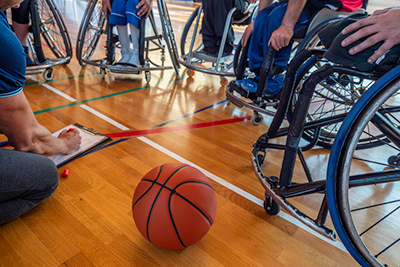
Coaching
Coaches significantly influence athletes and help maintain sport participation at all ages.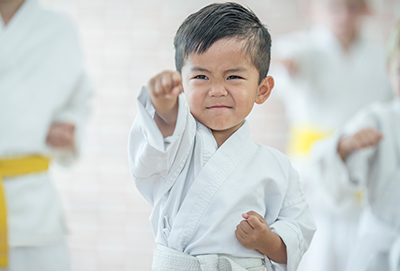
Competence (physical literacy)
Feeling competent is extremely important to maintaining sports participation.
Cost (direct financial and time)
The 'cost' of sport can include time, investment, travel, opportunity and service.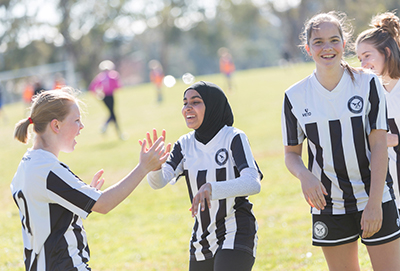
Cultural background
Cultural background and identity (e.g. language spoken, country of birth, religion) can impact engagement in sport.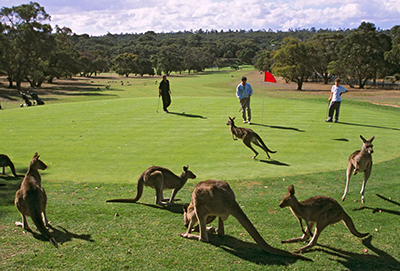
Geographic
Community size and infrastructure can impact upon sport participation.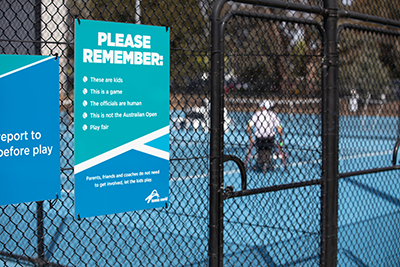
Organisational capacity
Satisfaction with the overall experience of sport is a key factor in on-going participation.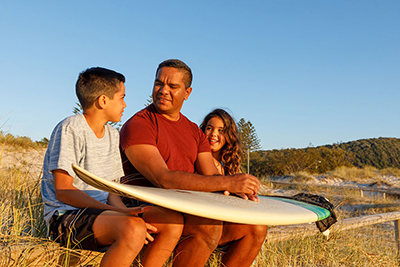
Role models
Role models and programs encourage preferred behaviours, participation, leadership, and inclusion among diverse groups.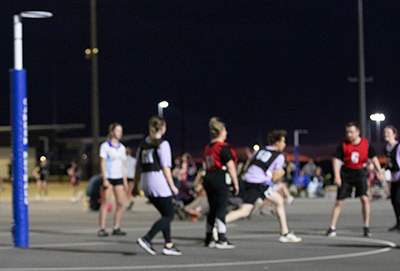
Socio-economic
Socio-economic status can impact how people engage with sport (e.g. types of activities participated in, frequency of participation).
REFERENCES
- National Sport Participation Strategy: Survey snapshot, Australian Sports Commission, (2023).
- Participation in sport and physical activity: associations with socio-economic status and geographical remoteness, opens in a new tab, Rochelle Eime, Melanie Charity, Jack Harvey, et al., BMC Public Health, Volume 15, Article number: 434, (2015).
- Sport participation among lower income ACT households: Full report, opens in a new tab, Orima Research for ACT Government, (2021).
- The Cost of Participation in Sport, opens in a new tab, Rochelle Eime, Melanie Charity, Jack Harvey, et al., PASI Global, (August 2023).
- Barriers to voluntary participation in sport for children: a systematic review, opens in a new tab, Sarah Somerset, Derek Hoare, BMC Pediatrics, Volume 18, article 47, (February 2018).
- Volunteers in Sport: Factors Influencing Participation – Investment, Clearinghouse for Sport, (accessed 19 April 2024).
- The rising cost of living and its impact on sport and physical activity, opens in a new tab, Sport England, (2024).
- How rising cost of living is impacting sport and physical activity, opens in a new tab, Sport England, (11 January 2024).
- Half of Australian families making financial sacrifices to keep their children in sport - or face pulling them out, opens in a new tab, UNICEF Australia, (20 November 2022).
- Can't play, won't play: longitudinal changes in perceived barriers to participation in sports clubs across the child-adolescent transition, opens in a new tab, Basterfield L, Gardner L, Reilly J, et al., BMJ Open Sport and Exercise Medicine, Volume 2(1), (March 2016).
- Drivers of Participation, Australian Sports Commission, (accessed 19 April 2024).
- Sport can be an important part of Aboriginal culture for women – but many barriers remain, opens in a new tab, Michelle O'Shea, Hazel Maxwell, Megan Stronach, Sonya Pearce, The Conversation, (23 January 2020).
- In the Game: Enabling Muslim girls to play sport and be active, opens in a new tab, Change the Game, (June 2023).
- Volunteers and Coaches Training Manual, opens in a new tab, WA Disabled Sports Association, (2023).
- Getting Involved in Sport: A report about people with disability taking part in sport, opens in a new tab, Australian Sports Commission, (2012).
- Perceived barriers to sports participation among adolescent girls from low socioeconomic status neighbourhoods, opens in a new tab, Cecilie Karen Ljungmann, Julie Hellesøe Christensen, Helene Rald Johnsen, Sport in Society, Volume 27(7), pp.1037-1056, (2024).
- Facilitators and Barriers to Physical Activity and Sport Participation Experienced by Aboriginal and Torres Strait Islander Adults: A Mixed Method Review, opens in a new tab, Bridget Allen, Karla Canuto, John Robert Evans, et al., International Journal of Environmental Research and Public Health, Volume 18(18), (September 2021).
- Cost-of-living pressures impacting sports clubs, families around Australia, opens in a new tab, Aaron Kelly, ABC Capricornia, (16 February 2024).
- Annual Disability and Activity Survey 2022-23, opens in a new tab, Activity Alliance (UK), (June 2023).
- COVID Review October - 2023, Australian Sports Commission, (October 2023).
- AusPlay data portal: Motivations for participation, opens in a new tab, Australian Sports Commission, (accessed 19 May 2025).
- AusPlay data portal: Payment to participate, opens in a new tab, Australian Sports Commission, (accessed 19 May 2025).
- It’s about time to exercise: development of the Exercise Participation Explained in Relation to Time (EXPERT) model, opens in a new tab, Sean Healy, Freda Patterson, Stuart Biddle, et al., British Journal of Sports Medicine, (26 July 2024).
- Segregation and success in Tasmanian primary school sport carnivals, opens in a new tab, Jeff Thomas, Vaughan Cruickshank, Kira Patterson, Sport Education and Society, Volume 28(8), pp.929-942, (2023).
- The Exclusionary Practices of Youth Sport, opens in a new tab, Bethan Kingsley, Nancy Spencer-Cavaliere, Social Inclusion, Volume 3(3), (June 2015).
- Keeping Girls in the Game: Factors that Influence Sport Participation, opens in a new tab, Zarrett, N., Veliz, P.T., and Sabo, D. Women’s Sports Foundation, (2020).
- Reducing financial barriers through the implementation of voucher incentives to promote children’s participation in community sport in Australia, opens in a new tab, L. J. Reece, C. McInerney, K. Blazek, et al., BMC Public Health, Volume 20, Article number: 19, (2020).
- Voucher schemes to promote increased participation in Sport and Active Recreation: Rapid evidence review, opens in a new tab, Bellew, B., Young, S., University of Sydney SPRINTER Group for the NSW Office of Sport, (2021).
- Factors relating to women and girls' participation (retention and dropout) in sport, opens in a new tab, Institute for Health and Sport, Victoria University, (February 2023).
- Game Changers: A participatory action research project for/with students with disabilities in school sport settings, opens in a new tab, Daniel Robinson, Sebastian Harenberg, William Walters, et al., Frontiers in Sports and Active Living, Volume 5, (April 2023).
- Sport and Persons with Disability: Factors Influencing Participation – Cost, Clearinghouse for Sport, (accessed 19 April 2024).
- The health and education impact of removing financial constraints for school sport, opens in a new tab, Lauren Denise Sulz, Doug Lee Gleddie, Cassidy Kinsella, European Physical Education Review, Volume 29(1), pp.3-21, (2023).
- "It Goes Hand in Hand with Us Trying to Get More Kids to Play" Stakeholder Experiences in a Sport and Active Recreation Voucher Program, opens in a new tab. Foley BC, Turner N, Owen KB, et al., International Journal of Environmental Research and Public Health. Volume 20(5), 4081, (2023).
- The Long-Run Effects of Sports Club Vouchers for Primary School Children, opens in a new tab, Jan Marcus, Thomas Siedler, Nicolas Ziebarth, NBER Working Paper 28819, (2021).
- Strategies to Reduce Financial Barriers to Inclusion and Participation, opens in a new tab, Football Australia, (2023).
- AusPlay data portal: Frequency of participation, opens in a new tab, Australian Sports Commission, (accessed 21 May 2025).
Last updated: 8 July 2025 Content disclaimer: See Clearinghouse for Sport disclaimer
Is this information complete? The Clearinghouse for Sport is a sector-wide knowledge sharing initiative, and as such your contributions are encouraged and appreciated. If you would like to suggest a resource, submit a publication, or provide feedback on this topic, please contact us.


